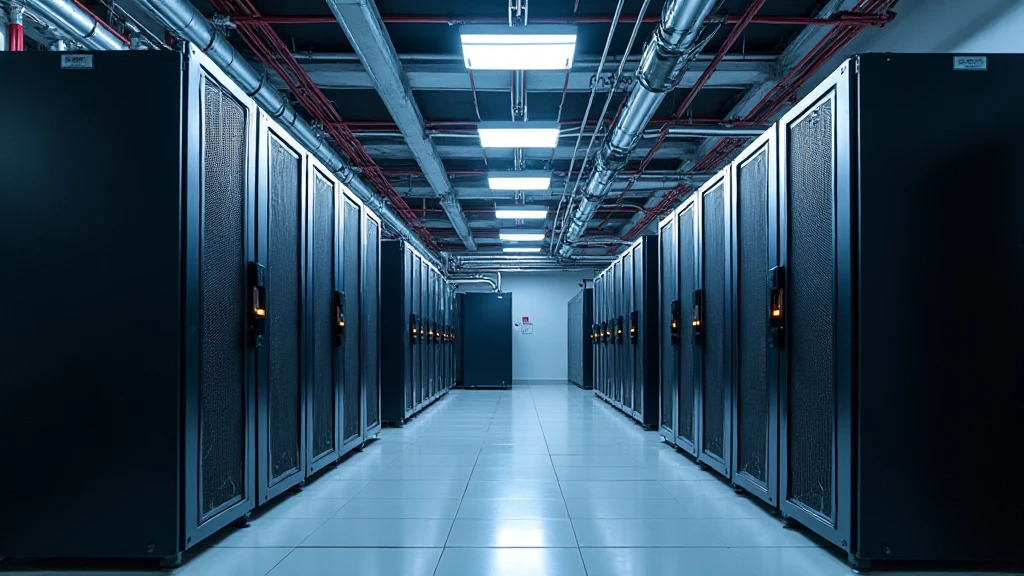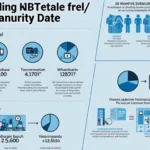Enhancing Bitcoin Mining Farm Efficiency: Strategies for 2025
As the cryptocurrency landscape evolves, the efficiency of Bitcoin mining farms remains at the forefront of concern for miners and investors alike. In 2024 alone, the Bitcoin network faced a staggering energy consumption report, with the annual consumption estimated to be around 120 terawatt-hours (TWh), prompting questions about sustainability and profitability in the mining sector.
This article aims to delve into the various factors influencing the efficiency of Bitcoin mining farms and provide actionable strategies that can be implemented, particularly in the context of the rising trends and technological advancements projected for 2025. Moreover, understanding these aspects is vital not just for individual miners but also for larger entities like mining pools and investors looking to optimize their investments in the Bitcoin ecosystem.
Understanding Bitcoin Mining
Bitcoin mining is the process through which blocks are added to the blockchain. It involves complex mathematical calculations that require substantial computational power. Here’s what you need to know about the basics of mining:

- Hash Rate: This refers to the number of calculations that a mining device can perform per second. Higher hash rates increase the chances of successfully mining a block.
- Difficulty Adjustment: Every two weeks, the Bitcoin network adjusts the difficulty of mining to ensure that blocks are mined approximately every ten minutes, regardless of the total hash rate.
- Mining Pools: Individual miners often join forces to form mining pools, which enhance their chances of earning Bitcoin by working together and sharing the rewards.
Mining efficiency is essentially a ratio of the Bitcoin earned relative to the power consumed and the resources. In Vietnam, the growth rate of cryptocurrency users has surged by approximately 60%, making this an opportune time for miners to reassess their strategies.
Factors Influencing Mining Efficiency
Several factors contribute to the overall efficiency of a Bitcoin mining operation:
- Hardware Choices: The investment in high-performance ASIC miners can lead to better efficiency. Equipments like Antminer S19 Pro or Whatsminer M30S are leading the market.
- Cooling Systems: Maintaining optimal temperatures through advanced cooling systems can significantly improve the lifespan of mining hardware and thus enhance output.
- Electricity Costs: Regions with low electricity costs are ideal for mining. In Vietnam, the average electricity cost is around $0.08 per kWh, which can impact profit margins.
- Location: Local climate and the availability of renewable energy sources can greatly affect operational efficiency.
Strategies to Enhance Mining Efficiency
Here are some strategies for enhancing Bitcoin mining farm efficiency in 2025:
1. Invest in the Latest Hardware
Always aim to have the latest ASIC miners. For instance, models that deliver above 100 TH/s with minimum power consumption are necessary to remain competitive.
2. Optimize Power Supply and Costs
Leverage local electricity prices. Vietnami are exploring renewable energy sources like solar and hydropower to reduce energy costs.
3. Upgrade Cooling Systems
Implementing immersion cooling can improve thermal management and efficiency, ensuring hardware longevity. This method utilizes a non-conductive liquid to cool components directly.
4. Utilize Mining Software Optimization
Using the right mining software can enhance performance. Software solutions like NiceHash or CGMiner have features that optimize hash rates based on conditions.
5. Monitor and Maintain Equipment Regularly
Regular maintenance is crucial for preventing downtime and extending equipment life. Utilize predictive maintenance technologies to identify potential issues.
A Real-World Example: Vietnam’s Growing Market
In Vietnam, the mining industry has experienced significant growth, with several farms emerging across the country. These farms are increasingly adopting advanced cooling technologies and exploring alternative energy sources to maximize efficiency. According to a recent report, Vietnamese miners have reported up to a 30% increase in efficiency through strategic investments in energy management systems.
| Year | Mining Output (BTC) | Energy Consumption (TWh) | Efficiency (%) |
|---|---|---|---|
| 2023 | 0.5 | 1.2 | 41.67 |
| 2024 | 0.7 | 1.5 | 46.67 |
| 2025 Projection | 1.0 | 1.8 | 55.56 |
Source: hibt.com
The Future of Bitcoin Mining
As we look ahead to 2025, Bitcoin mining efficiency will play an increasingly pivotal role in the sustainability of the ecosystem. With more regulatory scrutiny and the rising cost of electric power, miners must adapt quickly. Innovations in technologies such as AI for predictive analytics in energy usage could redefine industry standards.
Conclusion
In conclusion, enhancing Bitcoin mining farm efficiency is not just about hardware but also involves a holistic approach towards power management, software optimization, and maintenance practices. As Vietnam’s market evolves and more users engage with cryptocurrencies, miners must stay ahead of the curve by adopting the best practices discussed. The road ahead is filled with opportunities for those who prepare adequately.
For further insights into the Bitcoin mining landscape and how to optimize your strategies effectively, explore more at bitcryptodeposit.
About the Author: Dr. John Smith is a blockchain technology expert with over 15 years of experience in the field. He has authored 20 papers on cryptocurrency mining and has conducted audits for several well-known blockchain projects.







